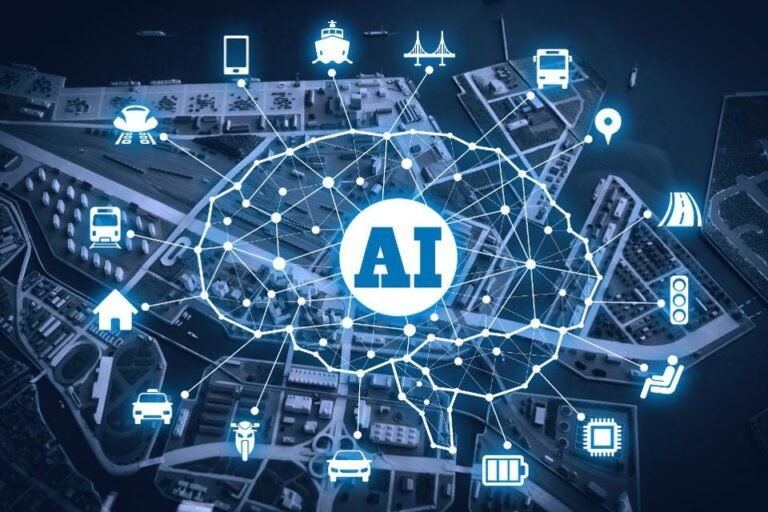Cybersecurity Trends: Protecting Your Data in 2025
As organizations prepare for 2025, the landscape of cybersecurity is poised for significant transformation. The integration of advanced artificial intelligence will enhance threat detection capabilities while automating response measures. Concurrently, the adoption of zero-trust security models will establish rigorous access controls. With regulatory compliance becoming increasingly critical, stakeholders must navigate a complex environment of emerging cyber threats. Analyzing these trends reveals essential strategies for safeguarding sensitive data in a rapidly evolving digital world.
The Impact of Artificial Intelligence on Cybersecurity
As organizations increasingly integrate artificial intelligence (AI) into their cybersecurity frameworks, the implications for threat detection and response become profound.
AI-driven automation enhances the efficiency of security protocols, while predictive analytics identifies potential threats before they manifest.
This dual approach not only streamlines response times but also empowers organizations to maintain a proactive posture, safeguarding vital data against evolving cyber threats.
See also: The Evolution of Smartphones: Past, Present, and Future
The Rise of Zero-Trust Security Models
While traditional security models often operate on the assumption that threats exist primarily outside the network perimeter, the rise of zero-trust security models fundamentally challenges this notion.
Zero trust architecture emphasizes stringent access controls, ensuring that every user and device is continuously verified before being granted access to resources.
This approach mitigates risks associated with both external threats and internal vulnerabilities, enhancing overall data protection.
Increasing Importance of Regulatory Compliance
Given the increasing sophistication of cyber threats and the escalating number of data breaches, regulatory compliance has emerged as a critical concern for organizations across various sectors.
Adhering to established regulatory frameworks ensures robust data protection measures. Additionally, regular compliance audits are essential for identifying vulnerabilities, fostering accountability, and mitigating risks.
This process empowers organizations to safeguard sensitive information while maintaining trust with stakeholders and customers alike.
Emerging Threats and Evolving Cyberattack Techniques
Organizations face an increasingly complex landscape of emerging threats and evolving cyberattack techniques, necessitating a proactive approach to cybersecurity.
The evolution of ransomware has introduced sophisticated encryption methods and targeted attacks, while social engineering tactics are becoming more deceptive, exploiting human vulnerabilities.
To safeguard data, organizations must enhance their defenses, incorporating advanced threat detection and employee training to mitigate these risks effectively.
Conclusion
As the digital landscape evolves, organizations must navigate a labyrinth fraught with unseen dangers, much like Theseus in the Minotaur’s maze. By embracing artificial intelligence and zero-trust models, they can illuminate the dark corners of cybersecurity, ensuring safe passage through threats. Regulatory compliance will serve as the thread guiding them toward accountability, while ongoing training equips employees with the tools to confront emerging adversaries. In this intricate journey, vigilance remains the key to safeguarding invaluable data.



